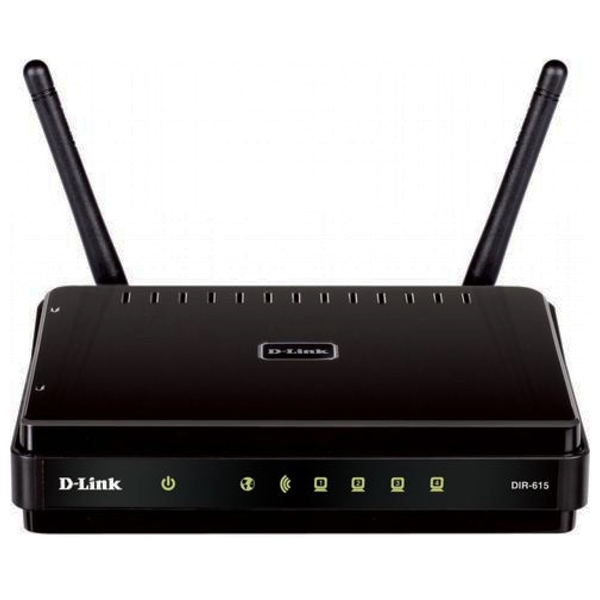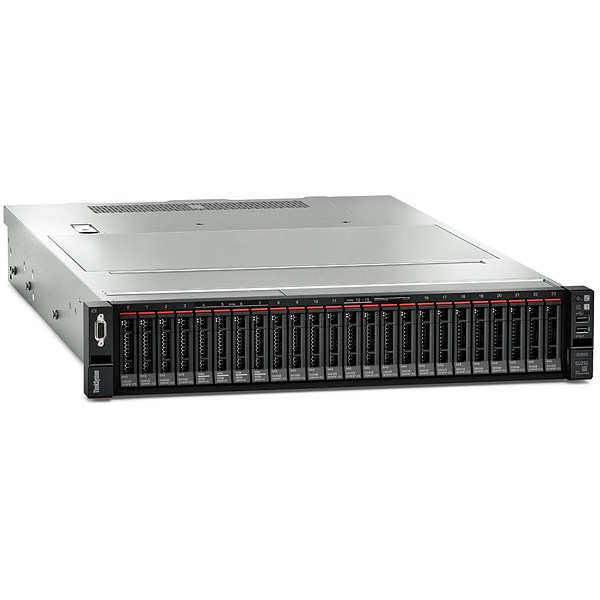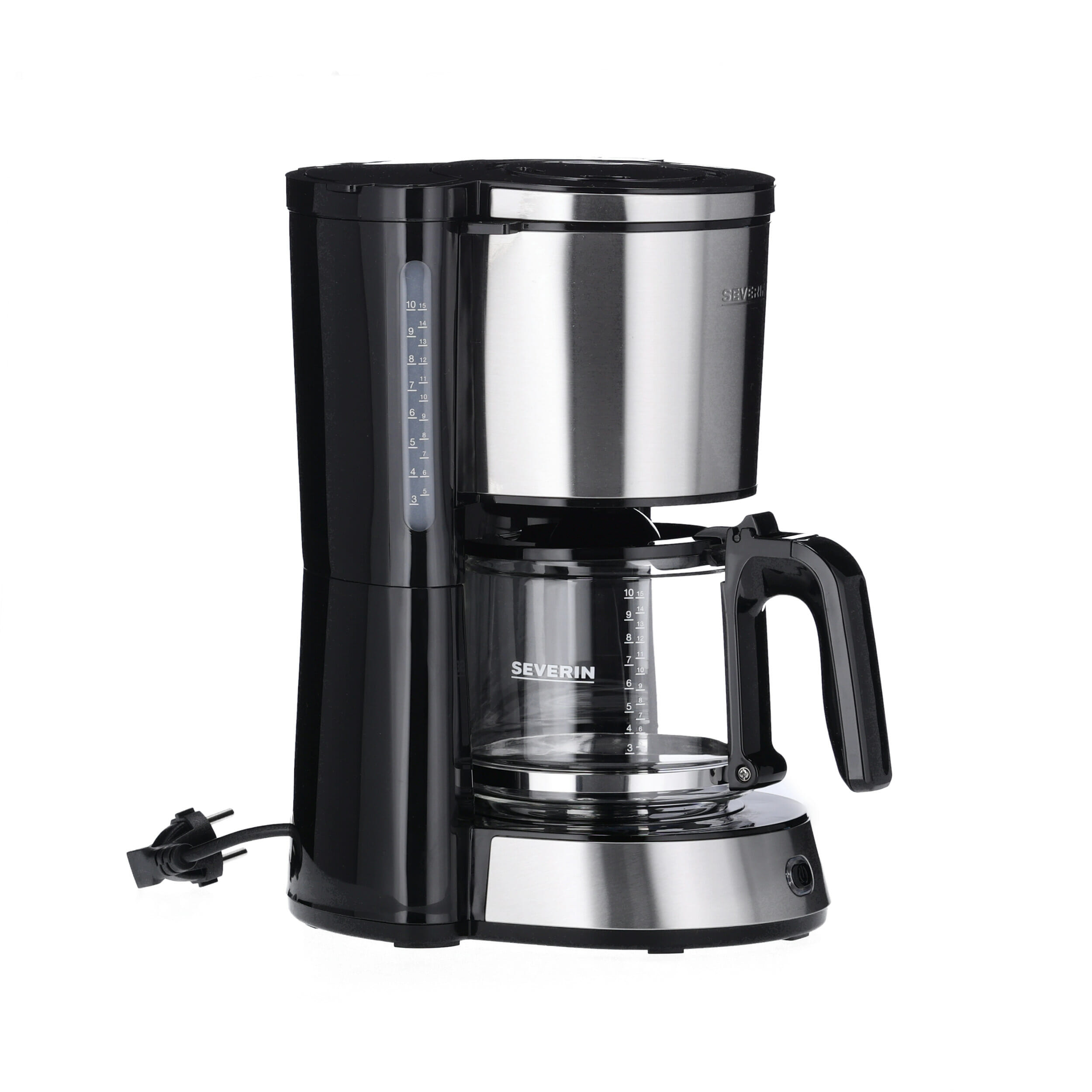The Mega Money Multiplier: A Behind-the-Scenes Look
Mega Money Multiplier is one of the most popular slot machines in casinos today. With its bright lights, flashy graphics, and life-changing jackpots, it’s a game that has captured the hearts of many players. But beneath its glitzy surface lies a complex web of mathematics and probability that governs the game’s behavior. In this article, we’ll delve into the math behind Mega Money Multiplier and here explore what makes it tick.
The Basics of Slot Machines
Before we dive into the specifics of Mega Money Multiplier, let’s take a brief look at how slot machines work in general. A typical slot machine has three main components: reels, symbols, and a random number generator (RNG). The reels are the spinning wheels that display the game’s symbols, while the RNG is responsible for generating a sequence of numbers that determine the outcome of each spin.
Each symbol on the reel has a specific probability of appearing in a given position. This probability is determined by the game’s paytable and can vary depending on the number of reels, symbols, and other factors. When you press the spin button, the RNG generates a random sequence of numbers that corresponds to the symbols displayed on each reel.
The Math Behind Mega Money Multiplier
Mega Money Multiplier is a 5-reel slot machine with 25 paylines. It features a range of symbols, including wilds, scatters, and bonus icons. To understand the math behind the game, we need to look at its probability distribution and payout structure.
Probability Distribution
The probability distribution of Mega Money Multiplier can be modeled using a mathematical framework called a Markov chain. In this model, each symbol on the reel is assigned a specific probability of appearing in a given position. The probabilities are then combined to create a overall probability distribution for the game.
The probability distribution of Mega Money Multiplier can be broken down into several components:
- Base Game Probability : This refers to the probability of winning or losing during regular gameplay. In Mega Money Multiplier, the base game probability is approximately 0.95%, meaning that about 4.5% of spins will result in a win.
- Bonus Trigger Probability : This is the probability of triggering one of the game’s bonus features, such as the Free Spins or Multiplier Bonus. The trigger probability is typically lower than the base game probability and can range from 0.1% to 1%.
- Payout Distribution : This refers to the distribution of payouts during regular gameplay. In Mega Money Multiplier, the payout distribution is skewed towards smaller wins, with a few high-paying combinations scattered throughout.
Payout Structure
The payout structure of Mega Money Multiplier can be broken down into several components:
- Base Game Payouts : These are the payouts awarded during regular gameplay. The base game payouts in Mega Money Multiplier range from 1x to 1000x the bet.
- Bonus Payouts : These are the payouts awarded during bonus features, such as the Free Spins or Multiplier Bonus. Bonus payouts can be significantly higher than base game payouts and can reach up to 10,000x the bet.
- Jackpot Payouts : This refers to the largest possible payout in Mega Money Multiplier, which is typically a progressive jackpot that grows with each spin.
The Role of Random Number Generation
At the heart of any slot machine, including Mega Money Multiplier, lies a random number generator (RNG). The RNG generates a sequence of numbers that determines the outcome of each spin. In theory, the RNG should produce truly random and unpredictable outcomes, but in practice, most modern RNGs use a combination of algorithms to generate pseudorandom numbers.
The role of the RNG is crucial in Mega Money Multiplier, as it ensures that the game’s behavior remains fair and unpredictable over time. The RNG is responsible for generating:
- Seed Values : These are the initial values used by the RNG to generate random numbers. Seed values can be either static or dynamic, depending on the specific implementation.
- Random Number Sequences : These are the sequences of numbers generated by the RNG that determine the outcome of each spin.
The Mathematics of Slot Machine Payouts
Slot machine payouts in Mega Money Multiplier follow a well-defined mathematical distribution called the binomial distribution . The binomial distribution models the number of trials (spins) required to achieve a certain outcome, such as winning or losing.
In Mega Money Multiplier, the binomial distribution can be used to model the payout structure of the game. For example, let’s say we want to calculate the probability of winning exactly 5 times in a row during regular gameplay. Using the binomial distribution, we can estimate this probability as follows:
- Number of trials : In this case, the number of trials is the number of spins played (e.g., 100).
- Probability of success : The probability of success (winning) is approximately 0.95% for each spin.
- Binomial coefficient : The binomial coefficient represents the number of combinations of winning and losing outcomes in a given trial.
Using these parameters, we can calculate the probability of winning exactly 5 times in a row as follows:
P(5 successes | 100 trials) = (100 choose 5) * (0.95)^5 * (1 – 0.95)^{100-5}
The Impact of Volatility
Volatility is an essential aspect of slot machines, including Mega Money Multiplier. It refers to the variability in payouts and gameplay between different players and sessions.
In Mega Money Multiplier, volatility can be influenced by several factors, including:
- Game settings : The game’s volatility can be adjusted using various settings, such as the number of reels, symbols, or paylines.
- Random number generation : Changes to the RNG algorithm or seed values can also impact volatility.
- Payout distribution : Shifts in the payout distribution can affect the overall volatility of the game.
A high-volatility slot machine like Mega Money Multiplier will exhibit larger swings between wins and losses. Players who prefer a more stable gaming experience may prefer lower-volatility games with smaller payouts.
The Role of RTP
Return to Player (RTP) is an essential metric in understanding the math behind slot machines, including Mega Money Multiplier. RTP represents the percentage of money returned to players over time as part of their bets.
In Mega Money Multiplier, the RTP is typically around 95%, meaning that for every $100 bet, approximately $95 will be returned to players in the form of wins and losses. The remaining 5% will go towards paying out jackpots or covering operating costs.
Conclusion
Mega Money Multiplier’s mathematics and probability are a complex interplay between base game payouts, bonus features, and jackpot payouts. By understanding these underlying mechanics, we can gain valuable insights into the behavior of the game.
From the role of the RNG to the impact of volatility, each component plays a crucial part in shaping the gaming experience for players. While slot machines like Mega Money Multiplier are designed to be entertaining and engaging, they also operate under strict mathematical constraints that govern their behavior.
By exploring these constraints, we can gain a deeper appreciation for the game’s mechanics and make more informed decisions when playing. Whether you’re a seasoned gambler or just starting out, understanding the math behind slot machines like Mega Money Multiplier can help you enjoy your gaming experience to its fullest potential.









